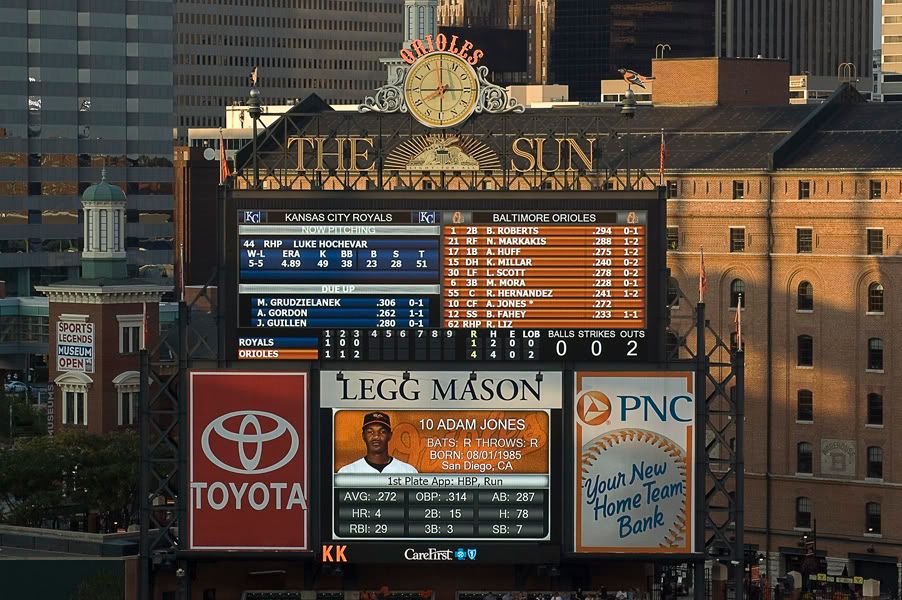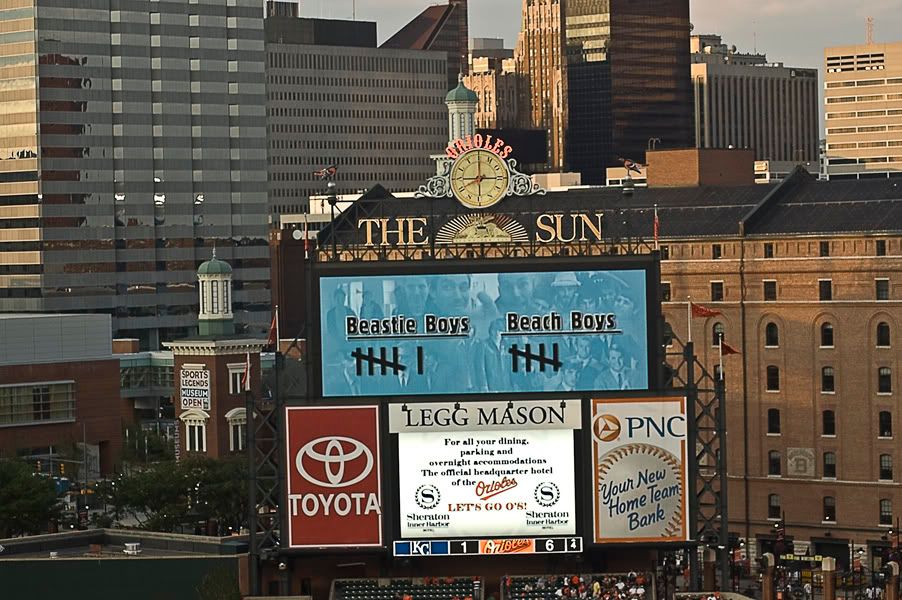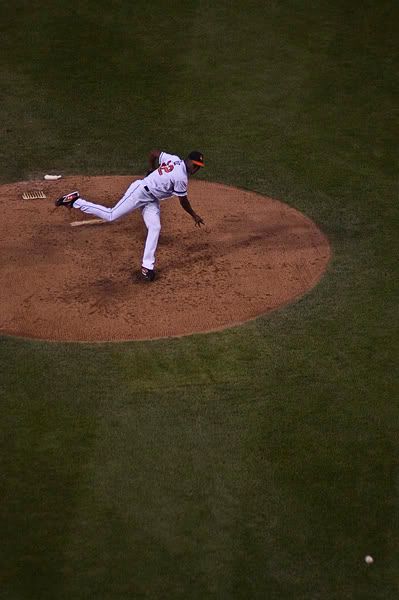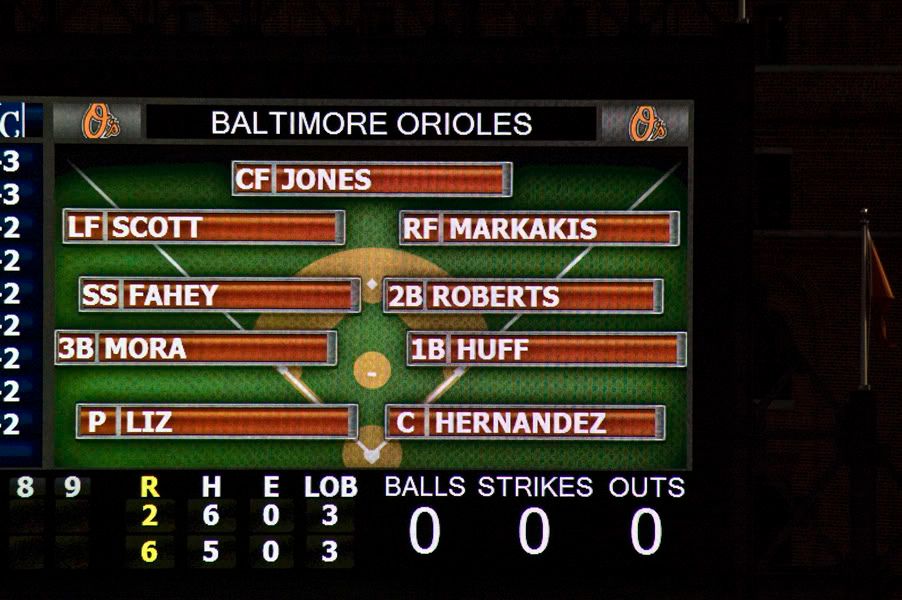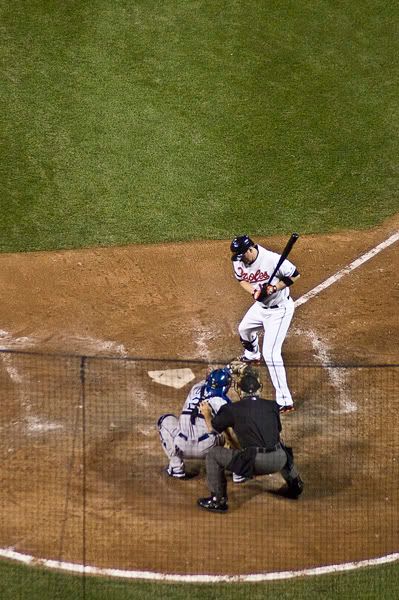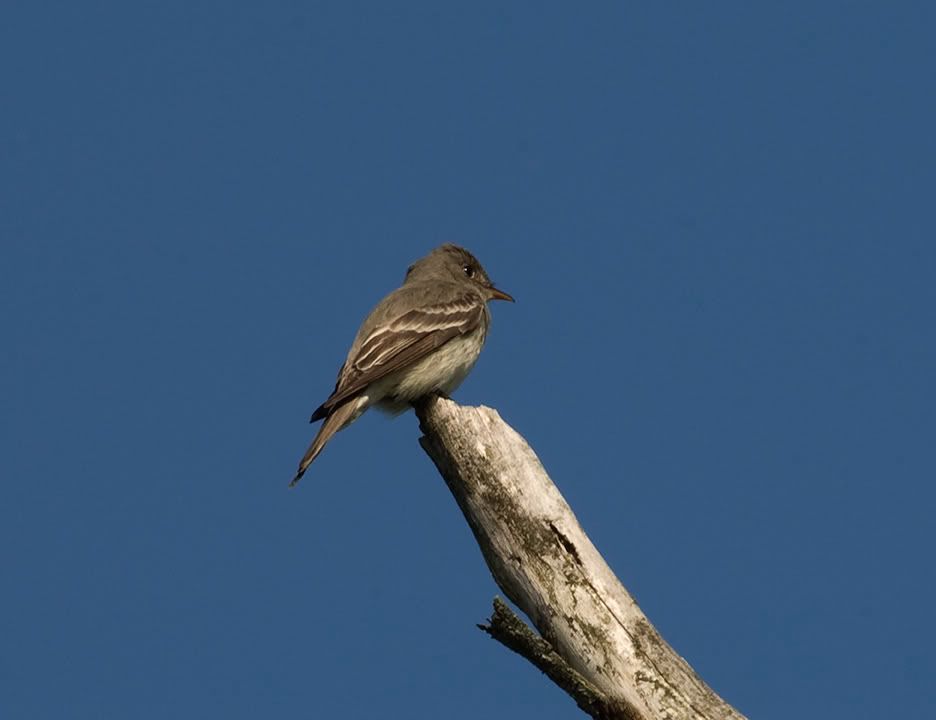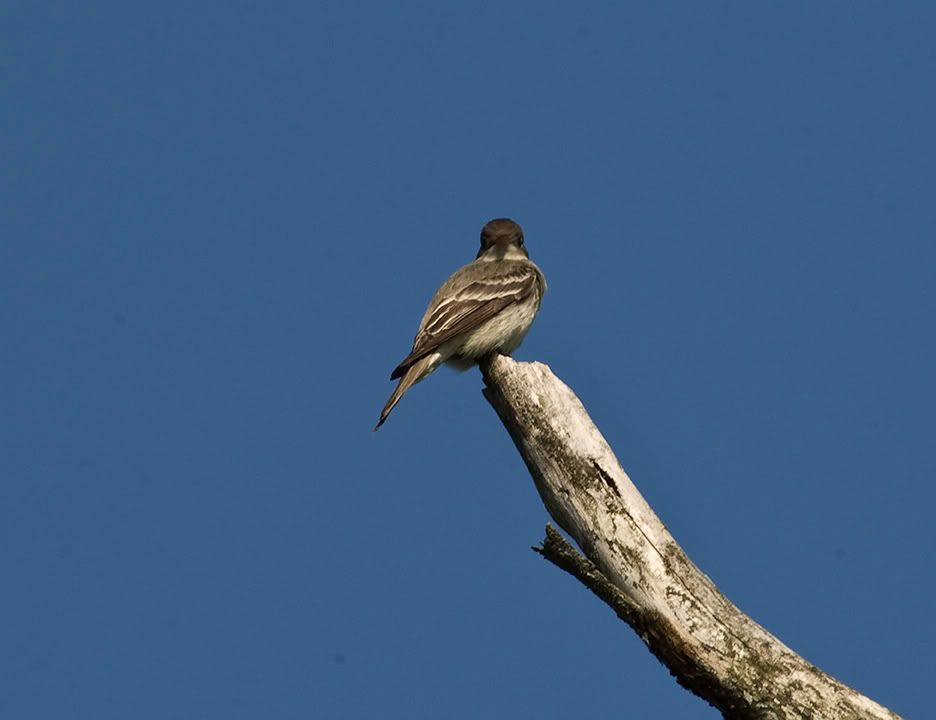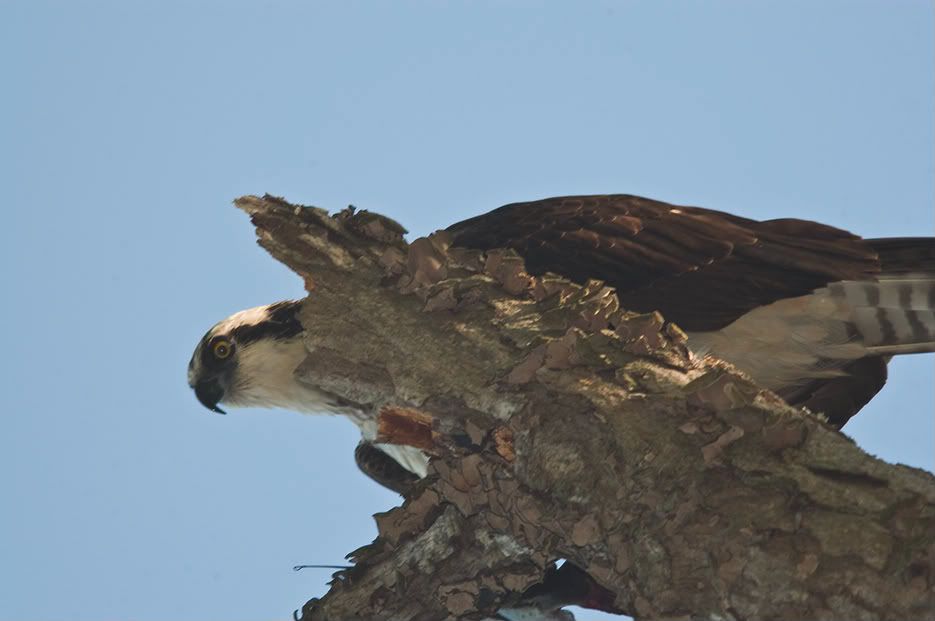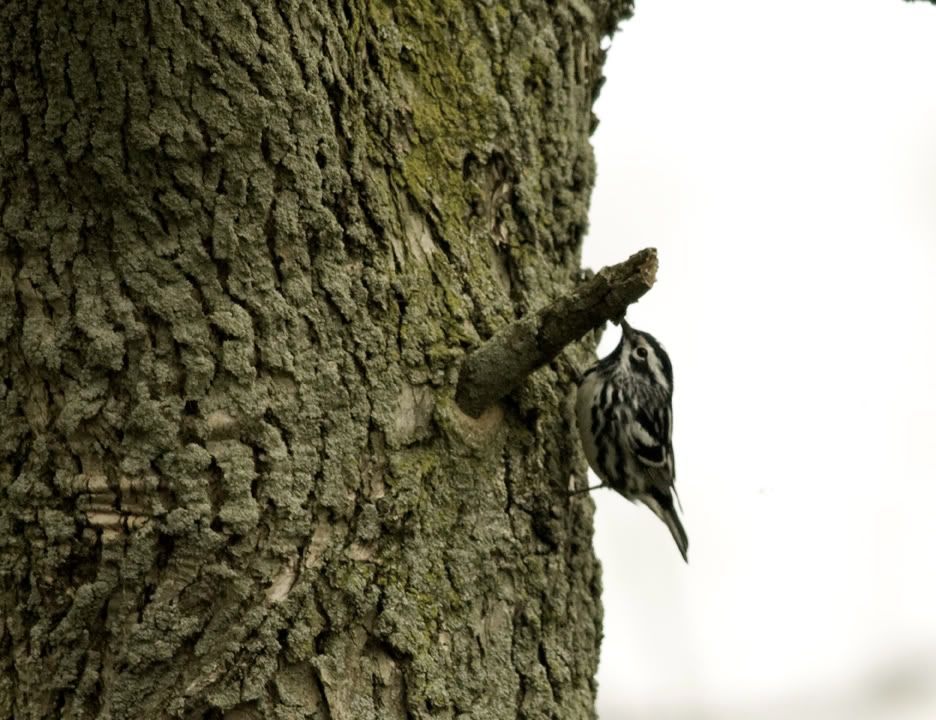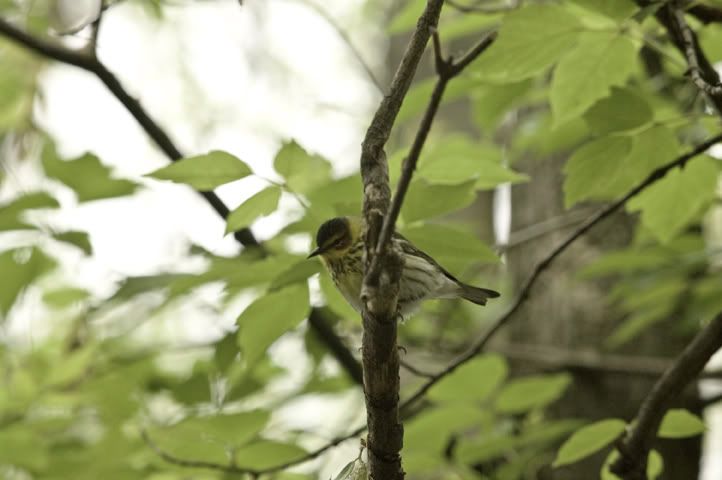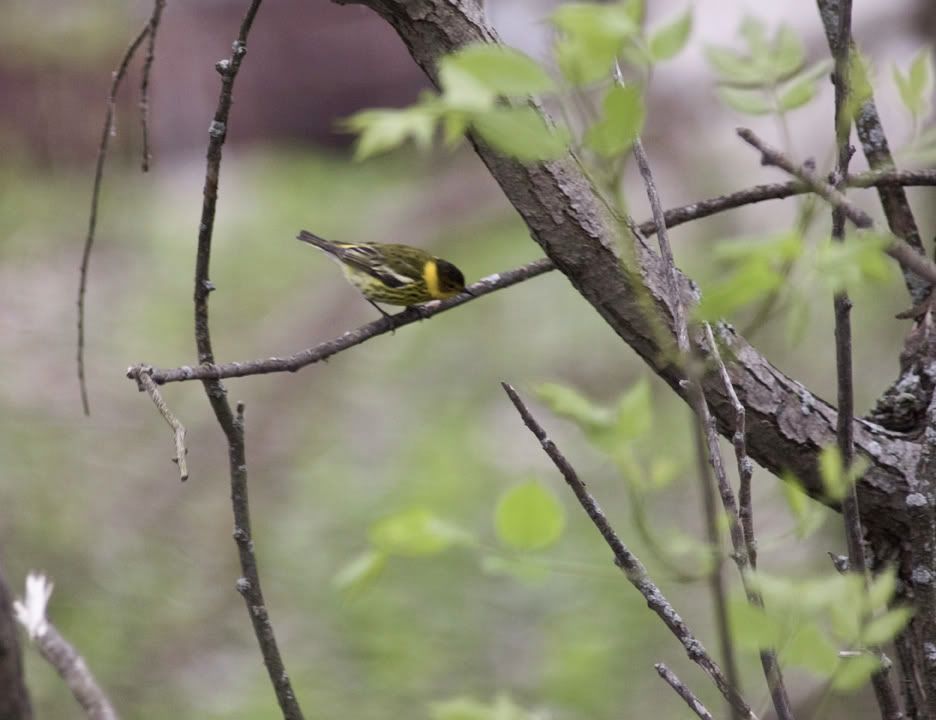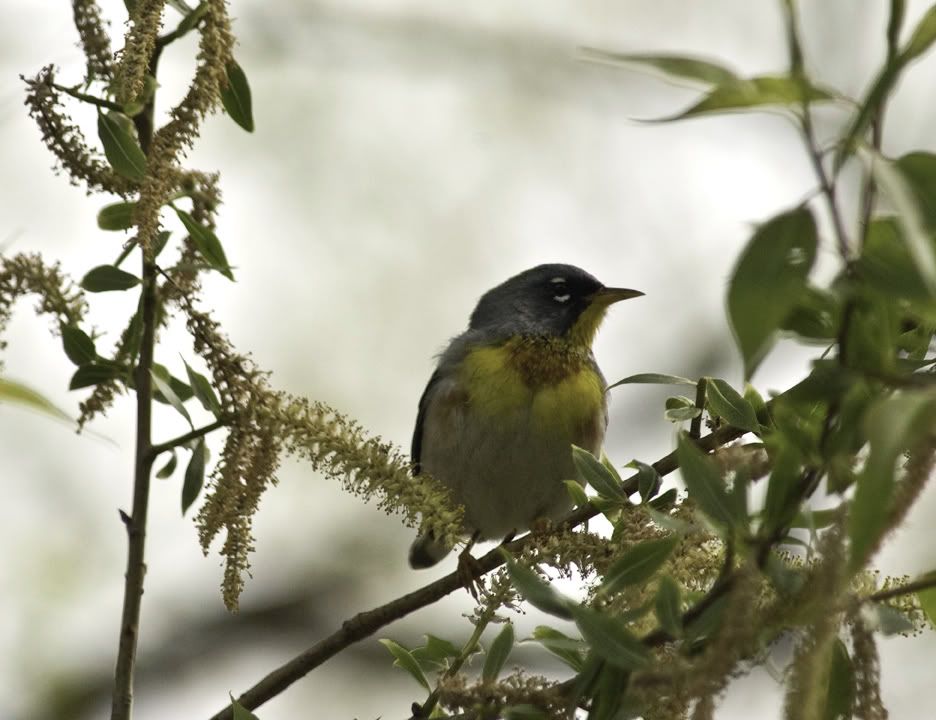I've missed Spring Valley Nature Preserve. Having been in Baltimore for the past month, I've really missed having close, free wildlife preserves or state park in which to traipse. Now, granted, come July, there are nowhere near the attractions in these places as there are during the Warbler migrations or when the Pileateds are fledging. That said, I hadn't seen this place in a month and, frankly, I didn't care one iota that the bird count would be low and it would be hot, sticky and, most likely, seriously buggy.
When I arrived at 9:30, I saw a lone fisherman and nothing else. I could hear the Song Sparrow, the Great-crested Flycatcher and the Northern Cardinals singing, but I couldn't see any signs of life. Well, that changed about 5 minutes into my stay. Out of the corner of my eye, I caught a large bird catching a rising thermal. This isn't out of the ordinary and, in fact, I had already expressed surprise that I hadn't seen any Turkey Vultures out. Well, when I looked up to see what was what, that was when I saw the distinctive low wing beats and the frock -- is that the right word to use, here? -- of white on the wings. This wasn't a T.V...this was a Black Vulture. Now, it's not like when we saw the Glossy Ibis, here, inasmuch as the Black Vulture is becoming alarmingly more frequent a visitor to these parts. It is, however, noteworthy, because as I watched his soar, he came in for a landing and perched. The same tree that provided the wonderful looks and photographic opportunities of the Osprey now held the same promise with a bird that I've never really gotten that close to, for numerous reasons.
So, I hiked at a discernibly quickened pace -- yet steady, as not to spook any birds, especially our quarry! -- to get to the best locations for the photographs. What's kind of funny is that the second place I hiked after spending close to 15 minutes with the  Vulture, already, provided much better detailing since the sun was coming to a better angle in the sky. Funny how that all works out. I also figured out that trying to enhance detail on a predominantly black bird from 45' with the flash extender is tricky. I managed a catch light or 2, but the overall effect was negligible. That's OK -- the sunny-side photographs turned out stellarly, if I may, and gave me the best looks at this mysterious and, honestly, creepy bird I have ever had. I was impressed. After a total of 40 minutes of perch time, the Black Vulture took to the air again. I was amused that for about the last 10 minutes prior to taking off, again, the bird lifted the right leg, then lowered it, then the left, and so on, alternating, repeatedly, about every 40 to 60 seconds. Quite fascinating behavior, really, but it allowed for some splendid looks at those talons. Wow! We now understand why small, still-living, mammals tend to flee when this fella is soaring above.
Vulture, already, provided much better detailing since the sun was coming to a better angle in the sky. Funny how that all works out. I also figured out that trying to enhance detail on a predominantly black bird from 45' with the flash extender is tricky. I managed a catch light or 2, but the overall effect was negligible. That's OK -- the sunny-side photographs turned out stellarly, if I may, and gave me the best looks at this mysterious and, honestly, creepy bird I have ever had. I was impressed. After a total of 40 minutes of perch time, the Black Vulture took to the air again. I was amused that for about the last 10 minutes prior to taking off, again, the bird lifted the right leg, then lowered it, then the left, and so on, alternating, repeatedly, about every 40 to 60 seconds. Quite fascinating behavior, really, but it allowed for some splendid looks at those talons. Wow! We now understand why small, still-living, mammals tend to flee when this fella is soaring above.
Once the Black Vulture had flown, I was graced  with another extended photo session with a particularly amenable Green Heron. Normally, for me, these birds flush when I have a passing thought about taking their photo, but -- this time -- the bird held still for almost 5 minutes. When this particular bird flushed, a second Greeny landed in the tree in front of me, not 20 feet away! This one, however, only held still for about 2 minutes -- still 2 minutes longer than most of the other Green Herons I've photographed in the past.
with another extended photo session with a particularly amenable Green Heron. Normally, for me, these birds flush when I have a passing thought about taking their photo, but -- this time -- the bird held still for almost 5 minutes. When this particular bird flushed, a second Greeny landed in the tree in front of me, not 20 feet away! This one, however, only held still for about 2 minutes -- still 2 minutes longer than most of the other Green Herons I've photographed in the past.
It was at this point, however, that most of the birds had become reclusive and demonstrated the irritating behavior of "heat avoidance" whereby they all stay out of the not-quite-but-almost blistering  heat. Truthfully, it was only about 91 with about 90% humidity, so, it wasn't really blistering, but it was still a little taxing, to say the least. So, I went home and didn't process the photographs until I was in class. I then used one of the photographs of the Black Vulture for a project photograph in this selfsame class.
heat. Truthfully, it was only about 91 with about 90% humidity, so, it wasn't really blistering, but it was still a little taxing, to say the least. So, I went home and didn't process the photographs until I was in class. I then used one of the photographs of the Black Vulture for a project photograph in this selfsame class.
Well, that's enough out of me. It's good to be back in Dayton, if only for the birds. I've missed my old haunts and will take great pleasure in visiting them, soon, as time and gas permits. Hopefully, I will get more photographs posted, soon. Until then, good birding!

